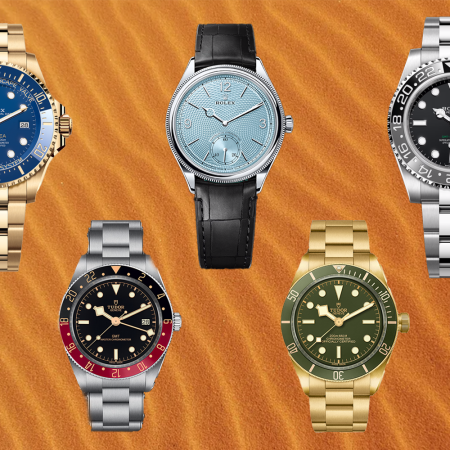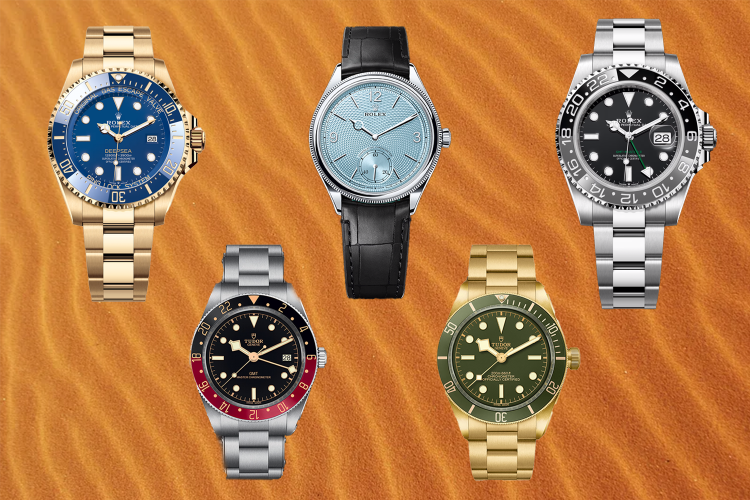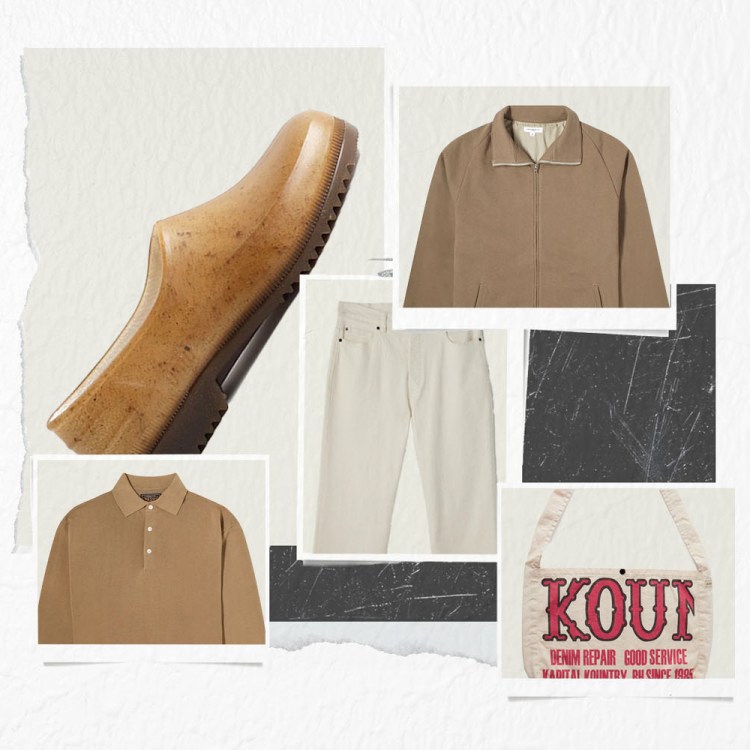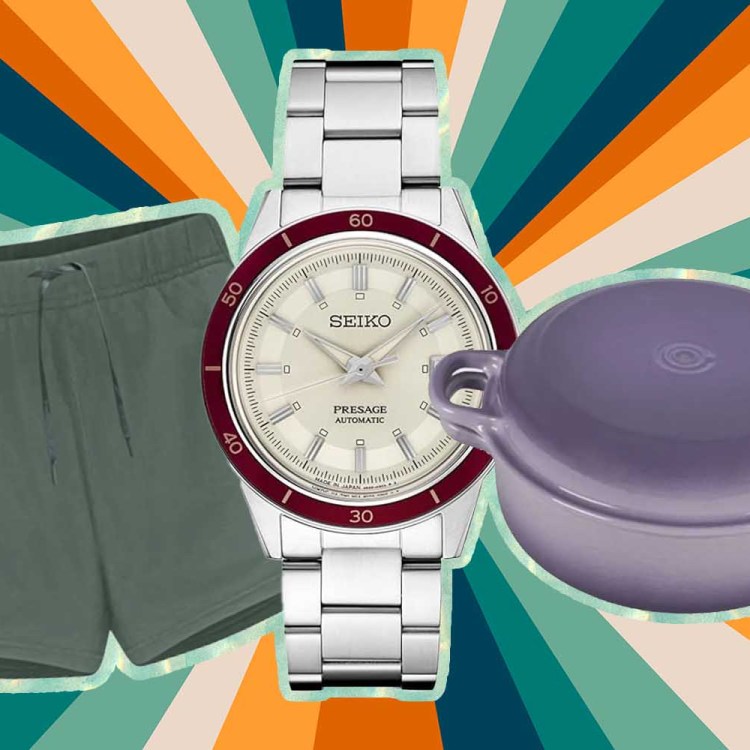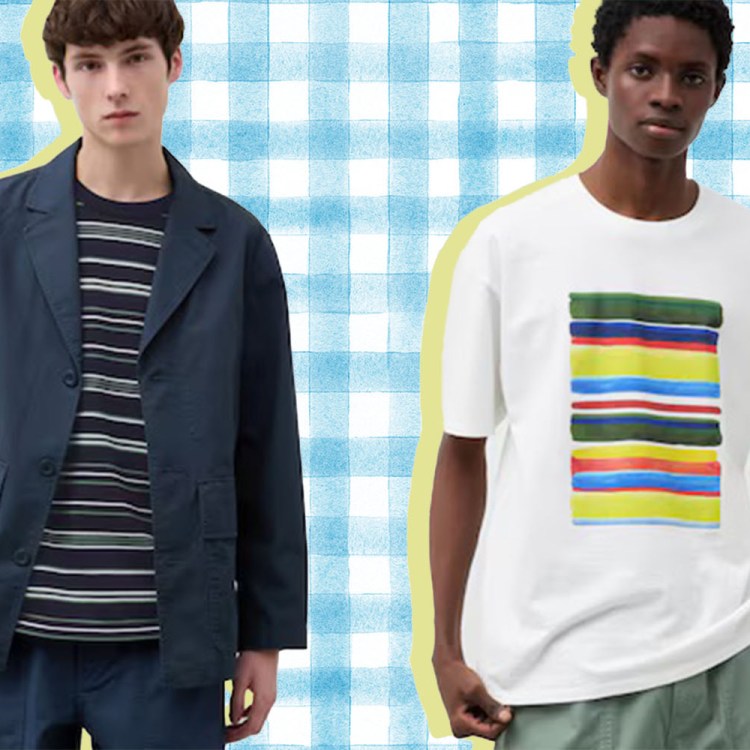Comes a time in a man’s life where an off-the-rack 40 Regular won’t cut it.
Because while common knowledge tells us our first two suits should be navy and charcoal, that doesn’t mean we must stop there.
Whither the statement suit? The third suit? The “to hell with it, it’s Friday” suit?
For answers, we sat down with Tom Kearnan, Director of Fashion at INDOCHINO — those made-to-measure suiting dons — to find out how a man should gussy things up once he has the foundations covered.
(Editor’s note: If you want to put the tips below to good use, Kearnan and company were kind enough to offer InsideHook readers a generous discount: $375 for any suit in nearly their entire collection. Just enter INSIDEHOOK at checkout.)
InsideHook: Are we in agreement that a man’s first two suits should be navy and dark grey? What order would you put them in, as far as which to buy first?
Tom Kearnan: Navy and dark grey are the traditional choices for a man’s first two suits. However, these dark shades have evolved over the past couple of years to include a broader, brighter and lighter selection of blue and grey tones. I would personally choose a classic grey for my first suit. Grey is a true chameleon and can be paired with pretty much any other color. This makes it easier to coordinate with other outfit components — shirt, tie, shoes, etc. — which you’re also likely in the initial stages of building out.
IH: Got it. Now, what should a man look for in a third suit?
TK: The third suit is where you can really begin to play around and there are two ways to branch out. The first is to add an additional color or shade, like a burgundy or bolder blue. The second is to introduce a patterned suit. If you’re new to patterns, I recommend experimenting with a subtle windowpane or tonal check. Of course, all this entirely depends on your personality and style — if you feel confident in a bold pinstripe, I say go for it!
IH: Let’s talk about pinstripes, specifically. How do I sport one without looking like a stodgy banker? Any rules to follow if you want to rock some stripes?
TK: Stripes have moved to the forefront of the fashion suit. The traditional pinstripe is now all the rage with trendsetters around the globe, who rock it with a slimmer suit silhouette. Striping has also gone more tonal, almost textured, which helps the average guy pull off this look.
IH: Can you give us an example of a statement pattern versus a safe pattern?
TK: Windowpanes, tonal checks and micropatterns are safe options. Bold checks, plaids and stripes or novelty patterns will make more of a statement. That’s not to say that you can’t make a statement with a “safe” pattern choice if you coordinate with the right shirt and accessories.
How important is seasonality once you’ve got your all-seasons suits covered? Would you opt for something fall/winter or spring/summer specific? Is one more practical than the other?
TK: Men today are making more of an effort in the way they look and seasonality is playing an increasingly important role as they look to combine personal style with comfort. Deciding which season to build out first may depend on where you live but, in practical terms, it’s easier to add a vest or overcoat than remove a layer. An all-season suit may work well anywhere for most of the year, but could become uncomfortable when the temperature rises in the summer. In this case, I would opt either for a lighter weight wool or add a linen or linen blend to the mix.
IH: What about texture? Are there patterns or fabrics I should avoid? Definitely consider?
TK: For spring/summer, our silk linen fabrics have a brushed sueded feel and are getting great reviews from our customers. Looking ahead to fall/winter, the corduroy suit is increasing its influence as a fashion staple and reaching mainstream. Adding texture creates depth and makes for an interesting and stylish outfit when worn right. These textured fabrics are ideal for wearing as separate garments, so they are expected to grow in popularity as this trend continues. That said, if you can pull it off, I say go for the full suit!
IH: How can a man up his suiting game? What kind of details did I miss the first two times around that I should think about going for now?
TK: There are so many different options. The lapel, number of buttons, pockets, under-collar colors and contrast buttonholes are just the starting point. Adding side tabs instead of belt loops, a ticket pocket or pant cuffs can also help push the envelope. Choosing a more outrageous lining can have a huge impact as well. Instead of going plain, go a touch wild by opting for jelly fish or florals.
IH: What should I keep in mind when styling a statement suit? Any guidelines I should follow regarding my shoes, shirt and tie?
TK: When wearing a statement suit, you need to keep the rest of your outfit in check. Let the suit do the talking and either keep the other patterns at a smaller scale or opt for a more subtle color. As for footwear, base your judgment on where you are wearing your suit. Is the occasion more formal business or casual? If you’re casual and want to amplify your style, wear sneakers with a casual suit or even go sockless if the weather’s right. Just remember that formal business is still formal business, so always go for polished brown or black dress shoes, either oxfords or monk straps. Always remember the golden rules of dressing: fabric with fabric and leather with leather, socks match or coordinate with the suit, and shoes match the belt.
This article was featured in the InsideHook newsletter. Sign up now.









